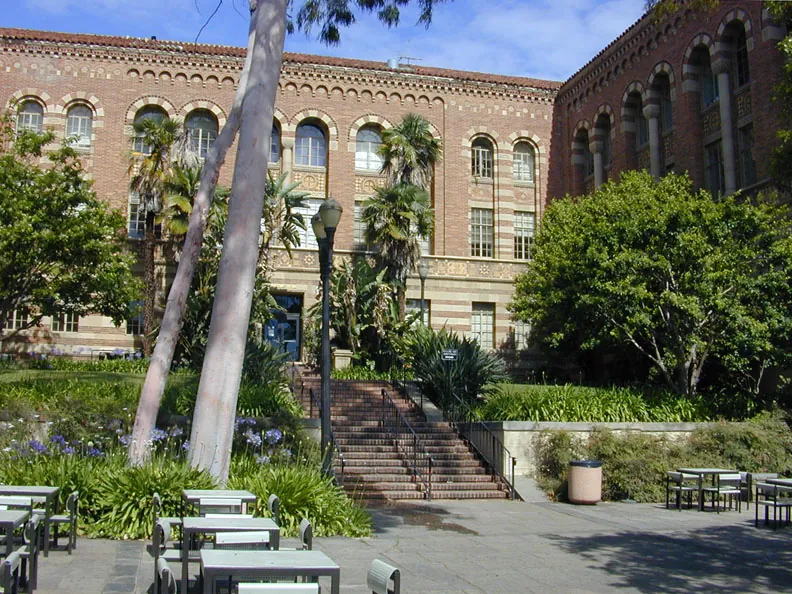Authorities Should Be Held Liable for Crimes at the 10 Most Dangerous Colleges in America

Image: http://pixabay.com/en/adult-book-education-female-girl-18598/
Students at These 10 Colleges Face Significant Dangers
As the weather cools and the days get shorter, young adults across the country are preparing to head back to college. Excited about classes, activities, and yes, partying, few college students are overly concerned about their safety in the coming months. However, according to a 2012 investigation by Business Insider, thousands of American college students have sufficient and plentiful reason to be concerned about their safety at school. The journal compiled data from the FBI’s Uniform Crime Report, as well as data recorded for the Clery Act to compile a list of the Most Dangerous Colleges in America. The ranking was based on reported incidents of violent crime and property crime between 2008 and 2011 in colleges with a student body greater than 10,000; violent crime held greater weight in the ranking. According to this list, students at the following colleges have more cause to worry about safety than others:
10. Georgia Institute of Technology
9. Louisiana State University – Baton Rouge
8. University of South Alabama
7. University of New Mexico
6. San Diego State University
5. Vanderbilt University
4. Florida A&M University
3. Duke University
2. University of California – Berkeley
1. University of California – Los Angeles
Should School Administrators Share Some Degree of Responsibility?

Image: http://commons.wikimedia.org/wiki/File:Moore_Hall_West_Side.jpg
Ultimately, of course, the primary responsibility for violent crimes on college campuses lies with the perpetrators themselves. But under the principles of premises liability, property owners and managers share legal responsibility when insufficient safety and security measures cause harm or injury to others on their property. Improper lighting, fencing, or security enforcement are frequent grounds for premises liability lawsuits. In the past, colleges held greater responsibility for their students under the principle of “in loco parentis,” meaning “in place of the parent.” Often, colleges would impose strict rules on students, especially females, trying to play the disciplinary role of a parent, in addition to a protective presence. As colleges allowed greater freedom to students in the 1960s, the principle began to die away. Unfortunately, this also meant that colleges began to take less responsibility for violent crimes committed on campus.
In the 1980s and early 90s, the tide began to turn again, and the idea of in loco parentis was seen in a new light with the landmark case of Mullins vs. Pine Manor College in 1983 and the passing of the Clery Act in 1990. In Mullins vs. Pine Manor College, a judge found the school guilty of negligent security after a female student was raped by a non-student. At the 1993 Council of Presidents’ Conference on Campus Crime and Safety, Stetson University Law Professor Robert Bickle said that the “demise” of the principle of in loco parentis did not affect a college’s responsibility for safety and crime prevention. The Clery Act followed the brutal rape and death of Lehigh University student Jeanne Clery, requires all college campuses to participate in federal programs to disclose violent crimes that take place on campus.
Despite the fact that these two seminal cases took place more than 20 years ago, college campuses are still held to shockingly low levels of responsibility for the safety of their students. Isolated incidents of crime are one matter, but repeated, horrific crimes are another. In 2011 alone, UCLA saw 12 forcible rapes, 17 aggravated assaults, 195 burglaries, 11 robberies, 625 larcenies, 18 vehicle thefts, and three cases of arson. And these were more favorable statistics than the year before.
University board members, presidents, and campus safety officials must be responsible for crime rates on their campuses. Policies and other written measures to increase student safety are nothing but lip service without focused, diligent enforcement. One way that students and their parents can serve as a catalyst for needed change is to demand accountability on the part of college officials, and one way to take action is through appropriate legal action to rectify wrongs that occur on their watch. If a college has failed to protect you or your child, a lawsuit may be an appropriate course of action to not only compensate the victim, but also to expose problems that need to be corrected. College campuses should not be allowed to be negligent in their duties in the name of student freedom and personal responsibility.
About the Author:Lawlor Winston White & Murphy. He has been recognized for excellence in the representation of injured clients by admission to the Million Dollar Advocates Forum, is AV Rated by the Martindale-Hubbell Law Directory, and was recently voted by his peers as a Florida “SuperLawyer”—an honor reserved for the top 5% of lawyers in the state—and to Florida Trend’s “Legal Elite.”